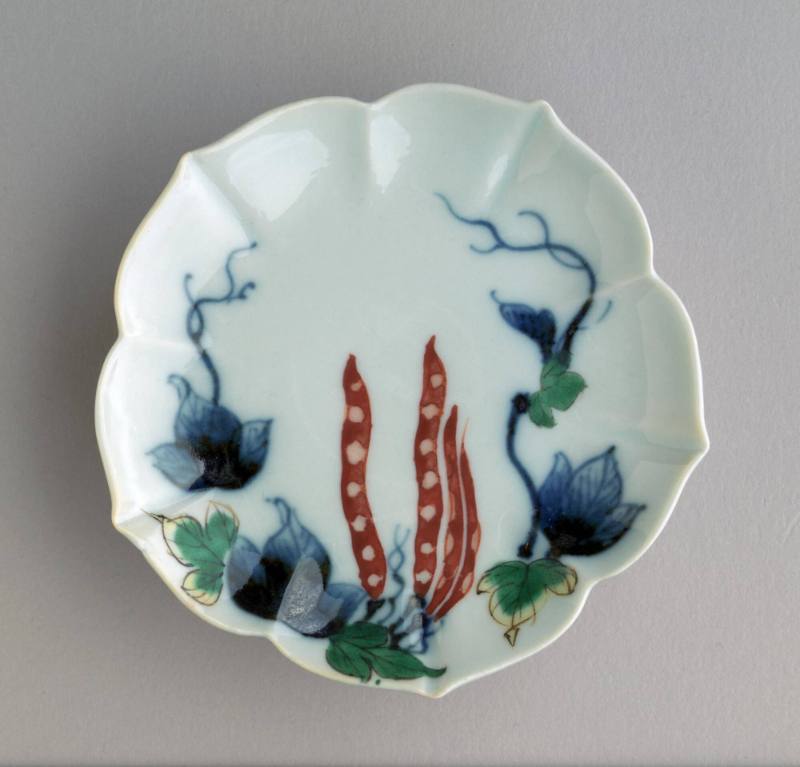

Object Details
Culture
Puruha (Ecuador)
Date
AD 800-1250
Medium
Earthenware
Dimensions
11 7/16 × 8 11/16 × 5 1/2 inches (29 × 22 × 14 cm)
Credit Line
Gift of Thomas Carroll, PhD 1951
Object
Number
2006.070.171
WHERE WAS IT MADE?This urn was made in the central highlands of what is now Ecuador, somewhere withi(…)
WHERE WAS IT MADE?This urn was made in the central highlands of what is now Ecuador, somewhere within the modern provinces of Chimborazo, Bolívar, and Tungurahua.HOW WAS IT MADE?The body of the vessel was hand-built using the coil method. In this method, a base is made by shaping clay into a flat disc. Then hand formed coils of clay, like ropes, are successively added to one another, building up the walls of the bowl. A tool such as a wooden paddle is used to smooth the sides both inside and out, leaving no trace of the coils. Other hand modeling methods were used to make the features of the face and the ears. Copper earrings are attached through the ceramic loop earrings. Metalworking is generally thought to have arisen in the highlands of Peru, from whence it spread northward to what is now Ecuador, Colombia, and into Mesoamerica. Copper was the most common metal in the pre-Columbian Americas. Artifacts made of copper were made by cold-hammering naturally occurring meteoritic metal in the earliest time periods, but as technology improved, smelting and smithing of the metal became more common. Like gold, copper was a status symbol, since it was considerably more rare and precious than ceramic or stone. The decoration on the urn was done with a negative resist-painting technique. The designs you see are actually formed by the absence of decoration, rather than being a positive design as is usual with painted decoration. After a vessel is fired, a waxy, removable substance is painted on where the artist desires his pattern. The vessel is then smeared with a smudgy black organic paint, and the area with the resist is removed, leaving a lighter design showing through the darker background. Resist-painted wares often have faded (or “fugitive”) designs since the dark background color is not as durable as fired slip paints.HOW WAS IT USED?We do not know for sure how this urn was used. Except for contact-period ceramics and for some grave goods, it is very difficult to determine who used any given piece of pottery, and under what circumstances. Were some vessels reserved for special guests, or for use by high-status elders? Were they used during special religious ceremonies or rituals? Was their use avoided by certain classes of people, such as children and/or menstruating women? As we venture farther back into the past, answering such questions becomes increasingly difficult. Although it is tempting to draw on information from modern traditional societies and from contact-period chronicles, inferences drawn from such sources must be used with care.WHY DOES IT LOOK LIKE THIS?Notice that this urn has a small mouth, nose, and coffee bean shaped eyes. These features give the urn a face. Notice the large hoop earrings: jewelry is worn by many pre-Columbian figures, including anthropomorphic ceramic urns like this one. These earrings are made of copper. The black painted decoration does not appear to represent any human features, but makes a pattern of triangular designs.ABOUT THE PURUHÁ CULTURE:Puruhá remains are found in the central highlands of Ecuador. This scenic region, once occupied by the Puruhá, is one of marked geographic contrasts, encompassing a wide variety of altitudinal zones, including rugged snow-capped peaks. There are three pottery traditions within Puruhá: San Sebastián, Elén Pata, and Huavalac, all of which were united by a common language and ethnicity. Unfortunately, the archaeology of the area is poorly known, and the antecedents of this culture are not well understood. Puruhá vessel types are characterized by ovoid, head-shaped jars with applied features and literal “jug-handle ears.” The Elén-Pata phase represents the highest level of cultural development and maximum splendor in Puruhá ceramics, which typically consist of burnished redwares with black-on-red negative resist decoration.












